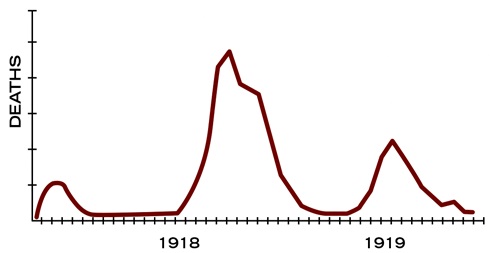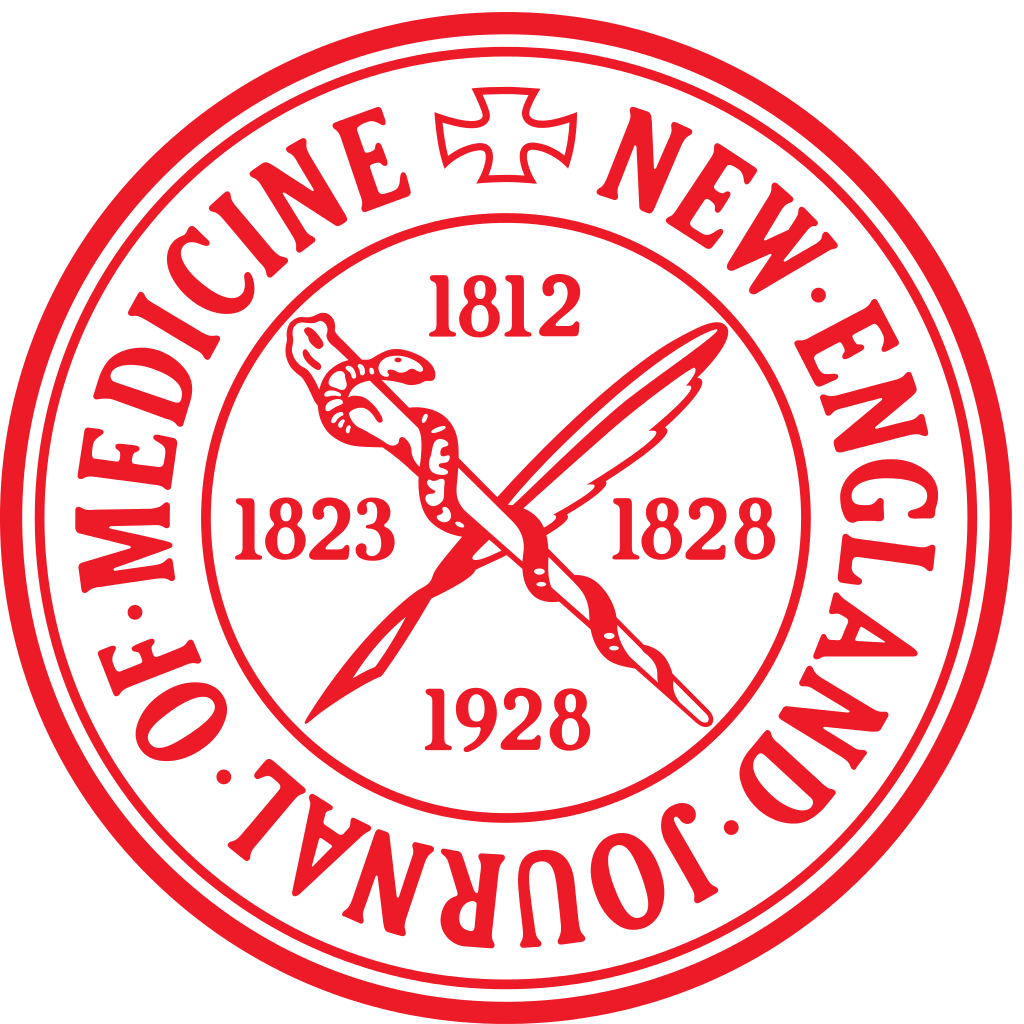nejm.org/doi/full/10.1056/NEJMe2029812
Covid-19 has created a crisis throughout the world. This crisis has produced a test of leadership. With no good options to combat a novel pathogen, countries were forced to make hard choices about how to respond. Here in the United States, our leaders have failed that test. They have taken a crisis and turned it into a tragedy.
…
The United States came into this crisis with enormous advantages. Along with tremendous manufacturing capacity, we have a biomedical research system that is the envy of the world. We have enormous expertise in public health, health policy, and basic biology and have consistently been able to turn that expertise into new therapies and preventive measures. And much of that national expertise resides in government institutions. Yet our leaders have largely chosen to ignore and even denigrate experts.
…
The response of our nation’s leaders has been consistently inadequate. The federal government has largely abandoned disease control to the states. Governors have varied in their responses, not so much by party as by competence. But whatever their competence, governors do not have the tools that Washington controls. Instead of using those tools, the federal government has undermined them. … Our current leaders have undercut trust in science and in government,4 causing damage that will certainly outlast them. Instead of relying on expertise, the administration has turned to uninformed “opinion leaders” and charlatans who obscure the truth and facilitate the promulgation of outright lies.
…
Anyone else who recklessly squandered lives and money in this way would be suffering legal consequences. Our leaders have largely claimed immunity for their actions. But this election gives us the power to render judgment. Reasonable people will certainly disagree about the many political positions taken by candidates. But truth is neither liberal nor conservative. When it comes to the response to the largest public health crisis of our time, our current political leaders have demonstrated that they are dangerously incompetent. We should not abet them and enable the deaths of thousands more Americans by allowing them to keep their jobs.
— New England Journal of Medicine Editorial: “Dying in a Leadership Vacuum“
![]()
Previously:
New England Journal of Medicine
Publication Date: February 28, 2020
There are two reasons that Covid-19 is such a threat. First, it can kill healthy adults in addition to elderly people with existing health problems. The data so far suggest that the virus has a case fatality risk around 1%; this rate would make it many times more severe than typical seasonal influenza, putting it somewhere between the 1957 influenza pandemic (0.6%) and the 1918 influenza pandemic (2%).2
Second, Covid-19 is transmitted quite efficiently. The average infected person spreads the disease to two or three others — an exponential rate of increase. There is also strong evidence that it can be transmitted by people who are just mildly ill or even presymptomatic.3 That means Covid-19 will be much harder to contain than the Middle East respiratory syndrome or severe acute respiratory syndrome (SARS), which were spread much less efficiently and only by symptomatic people. In fact, Covid-19 has already caused 10 times as many cases as SARS in a quarter of the time.
nejm.org/doi/full/10.1056/NEJMp2003762
Previously:
More:
Blue lips. Blackened skin. Blood leaking from noses and mouths. Coughing fits so intense they ripped muscles. Crippling headaches and body pains that felt like torture. These were the symptoms of a disease that was first recorded in Haskell County, Kansas, one hundred years ago this week, in January 1918. From Kansas the illness spread quickly: not only throughout the U.S. but across the world. Eventually (if misleadingly) it became known as Spanish flu. And while its effects on the body were awful, the mortality rate was truly terrifying.
During a pandemic that lasted two years from its outbreak in the U.S., between 50 million and 100 million people across the globe died. Spanish flu killed more people than any pandemic disease before or since, including the sixth-century Plague of Justinian, the medieval Black Death, the AIDS epidemic or Ebola.
The First World War, which was ending just as the flu took hold, killed barely a third as many people with bullets and bombs as the H1N1 strain of influenza did with coughs and shivers.
history.com/news/spanish-flu
One cannot know with certainty, but if the upper estimate of the death toll is true, as many as 8 to 10 percent of all young adults then living may have been killed by the virus.
…perhaps two-thirds of the deaths occurred in a period of twenty-four weeks, and more than half of those deaths occurred in even less time, from mid-September to early December 1918.Influenza killed more people in a year than the Black Death of the Middle Ages killed in a century; it killed more people in twenty-four weeks than AIDS has killed in twenty-four years.
John Barry’s: The Great Influenza pg. 19, Prologue
cdc.gov/flu/pandemic-resources/1918-commemoration/three-waves.htm

Housing was so scarce [in Philadelphia] that Boy Scouts canvassed the area seeking rooms for newly arrived women with war jobs. Two, three, and four entire families would cram themselves into a single two-or three-room appartment, with children and teenagers sharing a bed. In rooming houses laborers shared not just rooms but beds, often sleeping in shifts just as they worked in shifts. In those same tenements, the city’s own health department had conceded that during the winter of 1917-18 ‘the death rate’ has gone up owing to the high cost of living and scarcity of coal.
John Barry’s: The Great Influenza pg. 330 Ch. 17
The winter of 1917-18 was the coldest on record east of the Rocky Mountains, barracks were jam-packed, and hundereds of thousands of men were still living in tents. Camp hospitals and other medical facilities had not yet been finished. An army report conceded the failure to provide warm clothing or even heat. But most dangerous was the overcrowding.
John Barry’s: The Great Influenza pg. 240, Ch. 11


